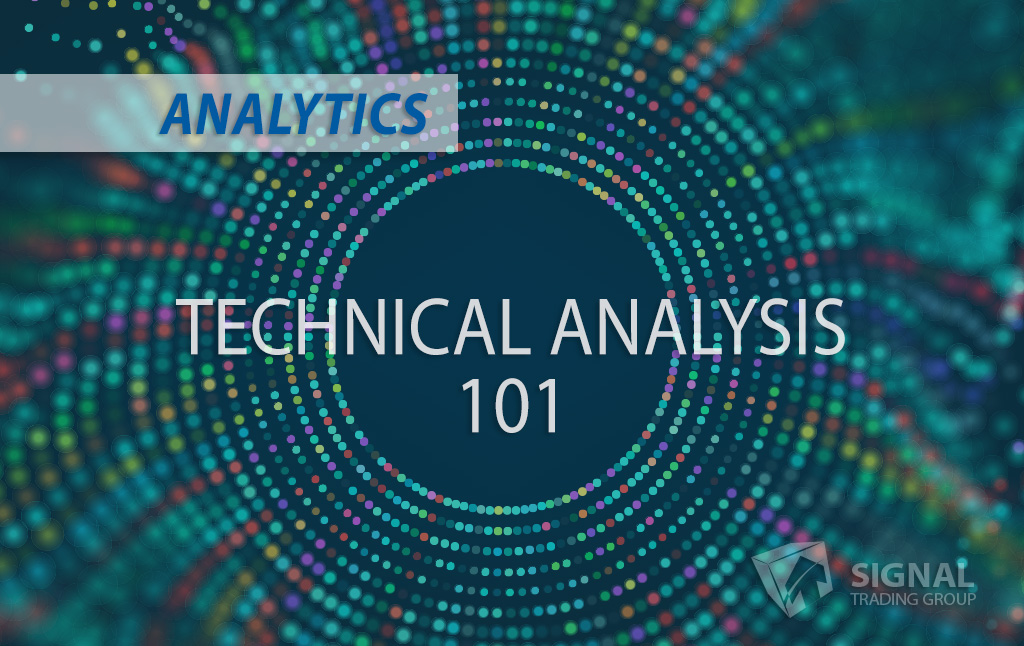The Technical Analysis 101 blog series is your guide to understanding trading concepts, price patterns, and technical indicators. Every post will focus on a specific topic to expand your knowledge and elevate your trading game.
Pennant Pattern: A Powerful Tool in Technical Analysis
Today, we’ll discuss an important and widely used technical analysis pattern called the Pennant. By the end of this blog, you’ll better understand this helpful trading tool and will be able to leverage its power in your trading strategies.
What is the Pennant Pattern?
The Pennant pattern is a chart formation in technical analysis that resembles a small symmetrical triangle, often occurring within an uptrend and suggesting that the market might continue moving a strong price move (either upward or downward). These patterns signal potential continuation in the direction of the prevailing trend. They are formed as the market takes a breath or consolidates before resuming its original trend.
There are two types of Pennant patterns: Bullish and Bearish.
- Bullish Pennants are in an uptrend and suggest that the market continue moving once the pattern is completed.
- Bearish Pennants are in a downtrend and indicate that the market might continue moving down after the pattern is finished.
Characteristics of the Pennant Pattern
Several key features differentiate the Pennant pattern from other technical analysis patterns:
- Pennant patterns form after a strong price move, called the flagpole, indicating a significant price action has taken place.
- Volume often tapers off during the formation of the pattern.
- Pennant patterns are typically short-term, lasting from one to four weeks.
- The pattern appears as a symmetrical triangle with converging support and resistance lines.
- Pennants can be either bullish or bearish, depending on the nature of the prevailing trend.
How to Trade the Pennant Pattern
The following steps outline how to trade using the Pennant pattern:
- Identify the trend: Determine if the prevailing market trend is bullish or bearish.
- Spot the Pennant pattern: Look for a consolidation phase that forms the Pennant after a strong price move.
- Wait for a breakout: A breakout occurs when the price moves beyond the pattern’s trend lines, usually getting confirmation by increased volume.
- Set your target and stop loss: Upon identifying a valid breakout, set your profit target and stop loss according to the height of the flagpole.
- Entry & Exit: Enter a long position after a bullish breakout or a short position after a bearish breakout. Exit the trade once your profit target is reached or if your stop loss is triggered.
Conclusion
The Pennant pattern is an essential tool in the arsenal of technical traders, as it offers a visually accessible and effective means to predict potential trend continuations. By understanding the intricacies of the pattern and adopting a disciplined approach, investors can capitalize on the opportunities presented by this powerful tool.




